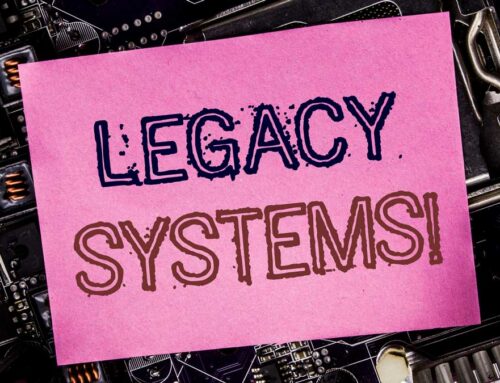Every project is different and so are the individuals involved. From large companies to small organizations, diverse IT needs directly impact day-to-day operations.
Before launching an IT software project, it’s essential to understand more than the mechanics. Start dates and end dates are important, but the true key to success rarely lies in the metrics.
The people who are impacted by the change are the ones who define success. So, understanding the people involved, their roles, and their expectations should be the highest priority.
Let’s meet the cast of characters you’re likely to see during an IT project.
The Idealist
Though it’s nice to have optimists and dreamers on the team, these folks can be a challenge of their own.
The idealist wants the project to go smoothly. They don’t want to deal with delays or roadblocks. In fact, sometimes it’s easier for them to hear what they want to hear than deal with reality.
Working with the idealist requires a bit of mining for information prior to the start of a project. Ask questions like:
- What IT projects have impacted you in the past?
- What were some problems with those projects?
- How did you work through those?
The answers to those questions should give clues to how involved they were with past projects, as well as how involved they might be during the current one.
The Naysayer
Just as every cloud has a silver lining to the idealist, every cloud holds a thunderstorm to the naysayer. This person can spot the roadblocks before others see them. They are quick to point out problems with possible solutions as well.
This is also the person who may take every project delay as a sign that a project is doomed.
Though dealing with a naysayer may seem taxing, their perspective can be helpful. Be careful of having too many naysayers though, as they feed off each other’s negativity.
The Apathetic
This personality may be the most difficult, especially in an environment where every team member has the potential to add value. Their lack of engagement can create moral issues as well as limit the scope of the project.
To reengage the apathetic person, try to discover what they value. What are the things they find meaningful? Asking them to talk about a previous successful project they were a part of is a great way to get them talking. Then ask, “What made that project successful?”
This process doesn’t have to be boring or take a lot of people’s time. Everyone has their daily tasks to complete along with new responsibilities involving the project, so it’s important to make it as efficient as possible.
But, taking the time to create a plan and cultivate buy in can help put their minds at ease. Change in culture and processes has a huge impact on an organization and the people who work there. Take time to understand the cast of characters.
No tags for this post.





Leave A Comment